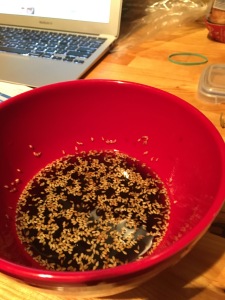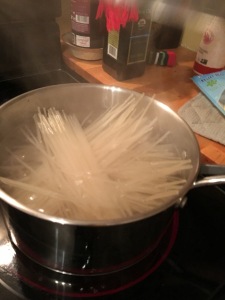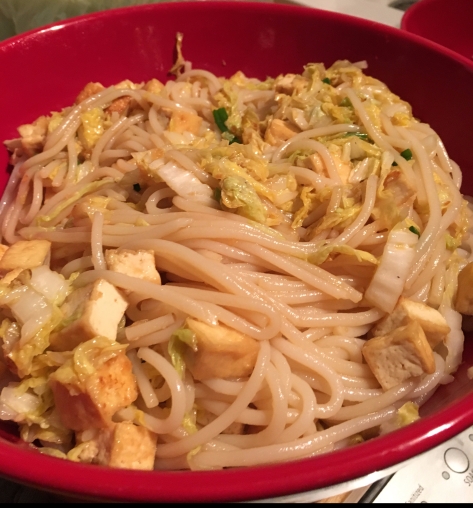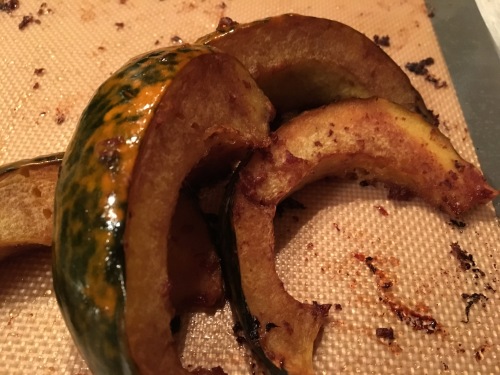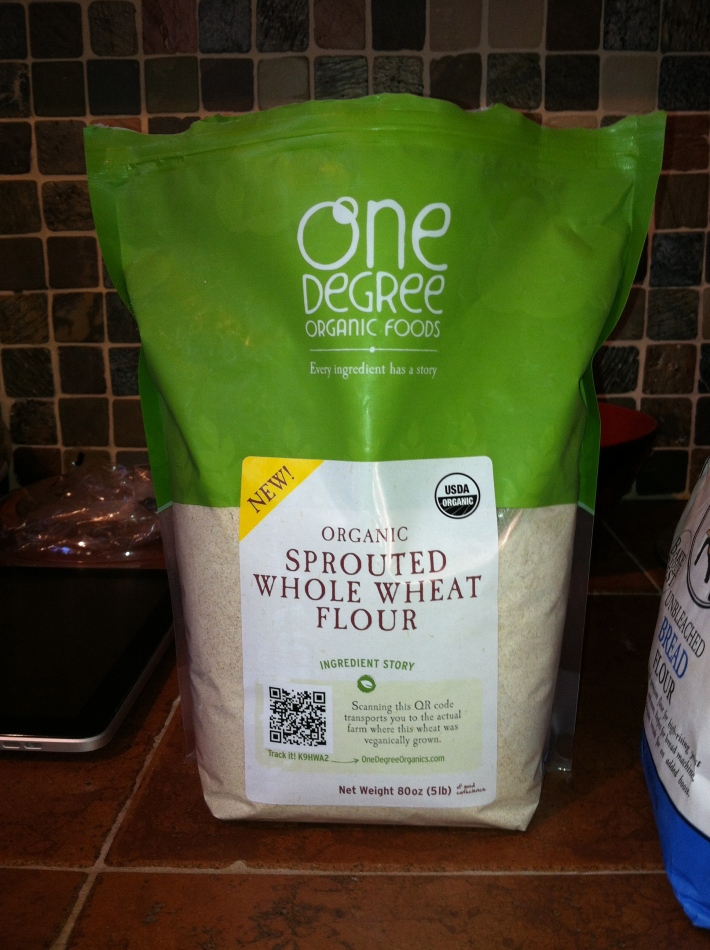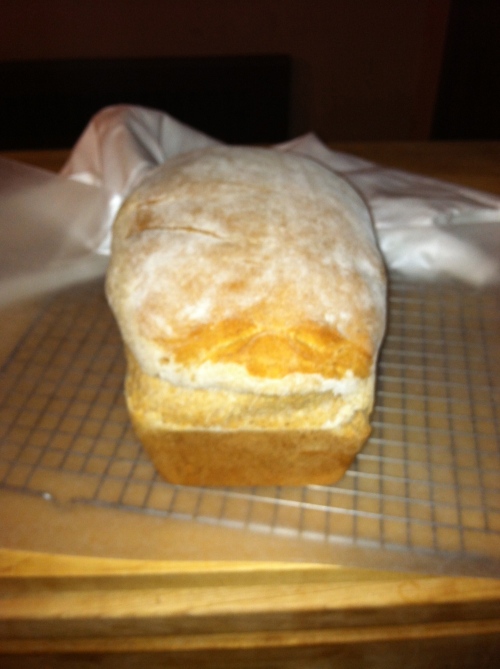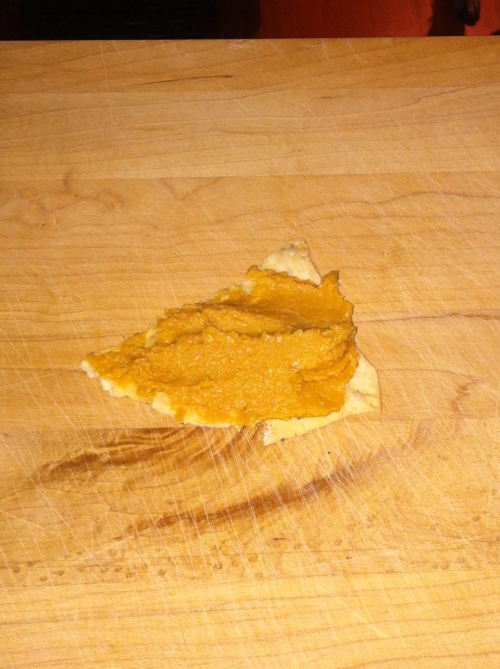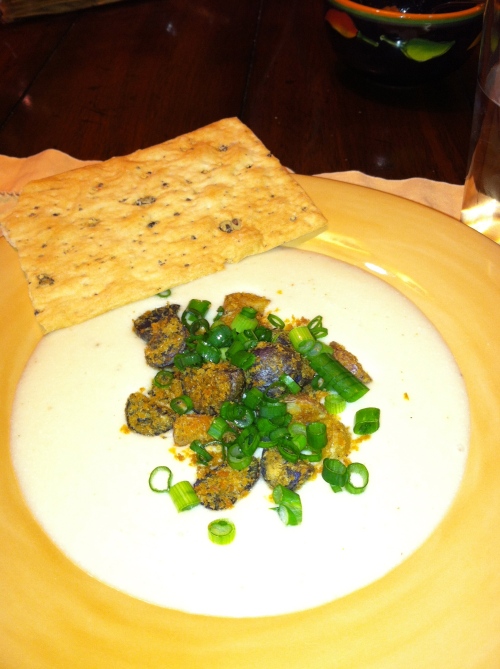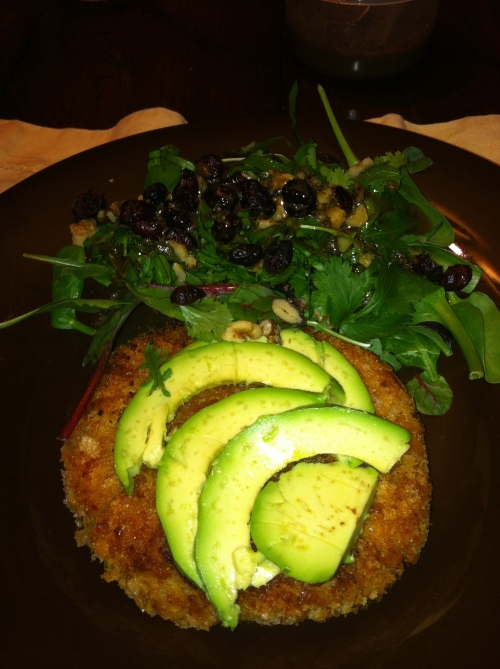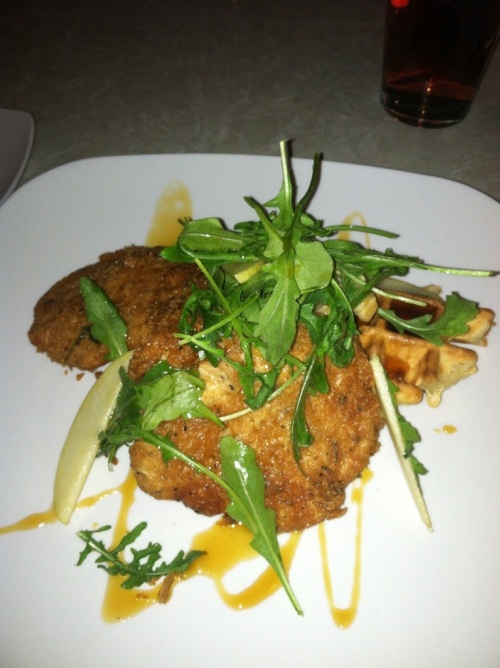By Guest Blogger
Tapioca pearls are jello-like bites of sweet delight. I believe they taste great and can be used in many foods, from Taiwanese meat dishes to sweet creamy puddings.
Pudding emerged around the nineteenth century. It was not always the creamy dessert that we enjoy today. In the medieval times pudding was filled with meats, like Yorkshire pudding. Beyond being meat puddings we have many other types of pudding like banana, blancmage (a French almond pudding), chocolate, mango and of course, tapioca pudding. Tapioca pudding was commonly made throughout the 20th century. It might have even been made for you some time in your childhood, do you remember? Tapioca pudding can also made in multiple variations including mint, chocolate and even pistachio, which was the variation we made. Sounds good right?
Tapioca products come from the cassava root, which is a thick starch. Tapioca flour is commonly used instead wheat flour in South America,The West Indies and India. Tapioca is gluten free and is used as a thickening agent in things, mainly foods. Most of the time tapioca pearls are just made out of tapioca flour and water. Though, depending on pearl type there might be other ingredients. White tapioca pearls can be made out of caramel, starch and chamomile root. There are two main types of tapioca pearls: black and white. There are also green, red and purple pearls. When cooked, white pearls become translucent while black pearls stay the same.
The name tapioca is derived from the word tipioka, the name for this starch in the Tupi language of South America. Tapioca Pudding is so popular that it even has its own day on July Fifth. Along with just being a pearl tapioca can be packaged as a flour or even flakes.Tapioca pearls were first used in bubble tea in the 1980s. Street vendors eventually added pearls and other sweet items to their drinks to to attract customers. In addition to tapioca pearls, they also added fruit chunks, agar, fruit jelly and water chestnuts.. So when I saw tapioca pearls at Lee Ming Asian grocery store, it reminded me of one of my favorite drinks, bubble tea. So we bought them and tested them out in pudding because it seemed more dessert-like than a tea.
We tried to make tapioca pudding but failed. The pudding itself was delicious: milk, vanilla, sugar and pearls simmered together for an hour and a half and then eggs yolks were tempered in. The only problem was that the pearls were like gummified bits of chalk rock in a sweet, custardy vanilla pudding. They were undercooked and dry. Later, we realized that the recipe called for small pearls and we were supposed to let them soak in water overnight.
On St. Patrick’s day we were having a guest come over for a meal. We wondered what could we make for dessert that was green and meet everyone’s approval. Since we make natural food, we do not use any dye in any food we make and/or eat.. It tasted like a nutty torte with vanilla jello bites lodged in it. Dessert had to be gluten free because there are allergies in the family. We already had tapioca pearls so finally one of us had a great idea of making pistachio tapioca pudding that would be green and natural. This time we decided to cook the tapioca pearls in water, not milk. It took one-hour and forty five minutes to cook the pearls when the package said it would take sixteen to eighteen minutes in boiling water. We would later learn that shey should be cooked in boiling water until they are done.. Overall it was a good experience and pistachio tapioca pudding might become our St.Patrick’s day tradition. From both of tour tapioca trials, we learned that the cooking time was longer than we expected. Just leave the hard work of pearl cooking to the masters who know how to do it best–and remember to finish all your pearls!


